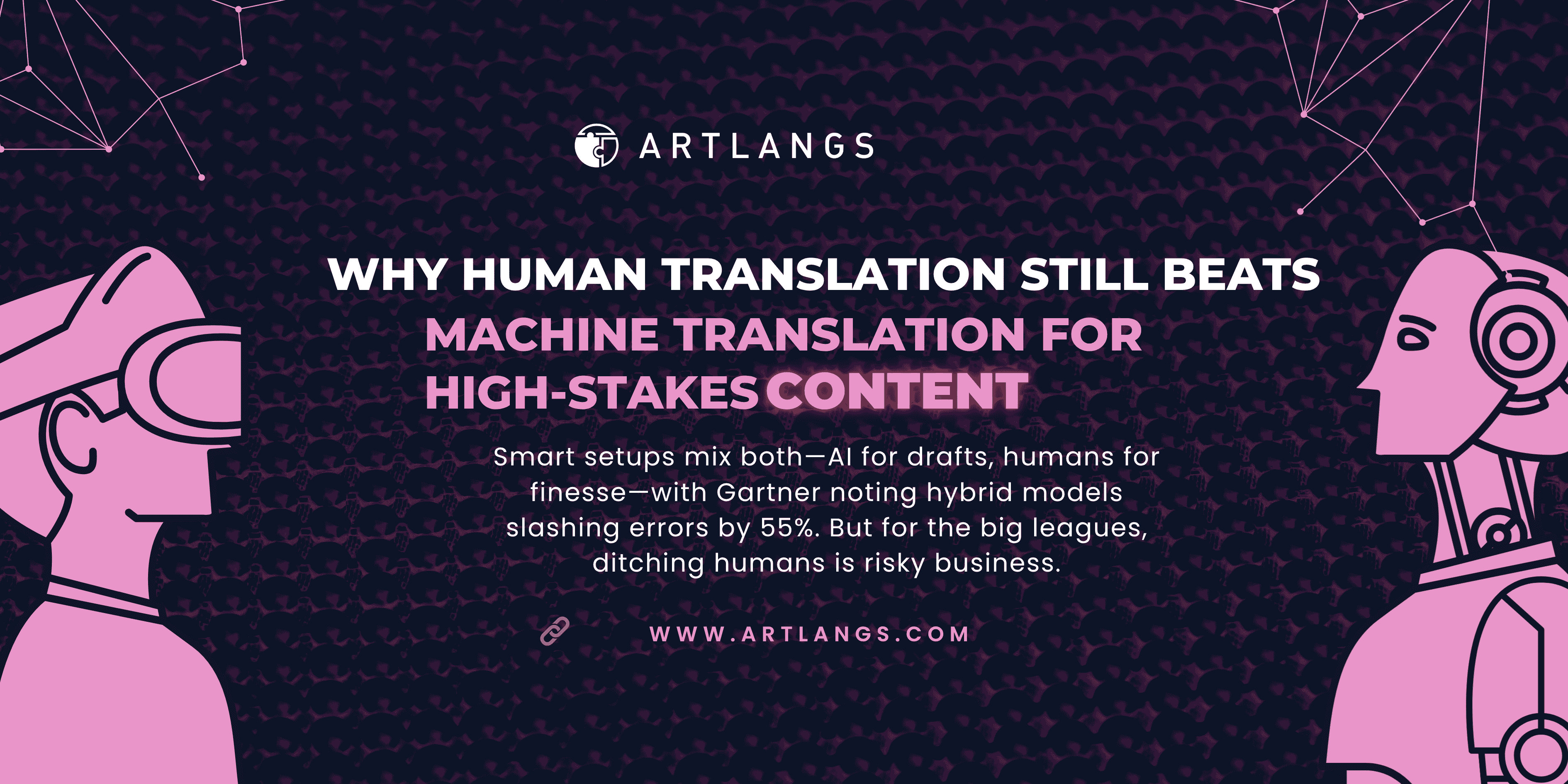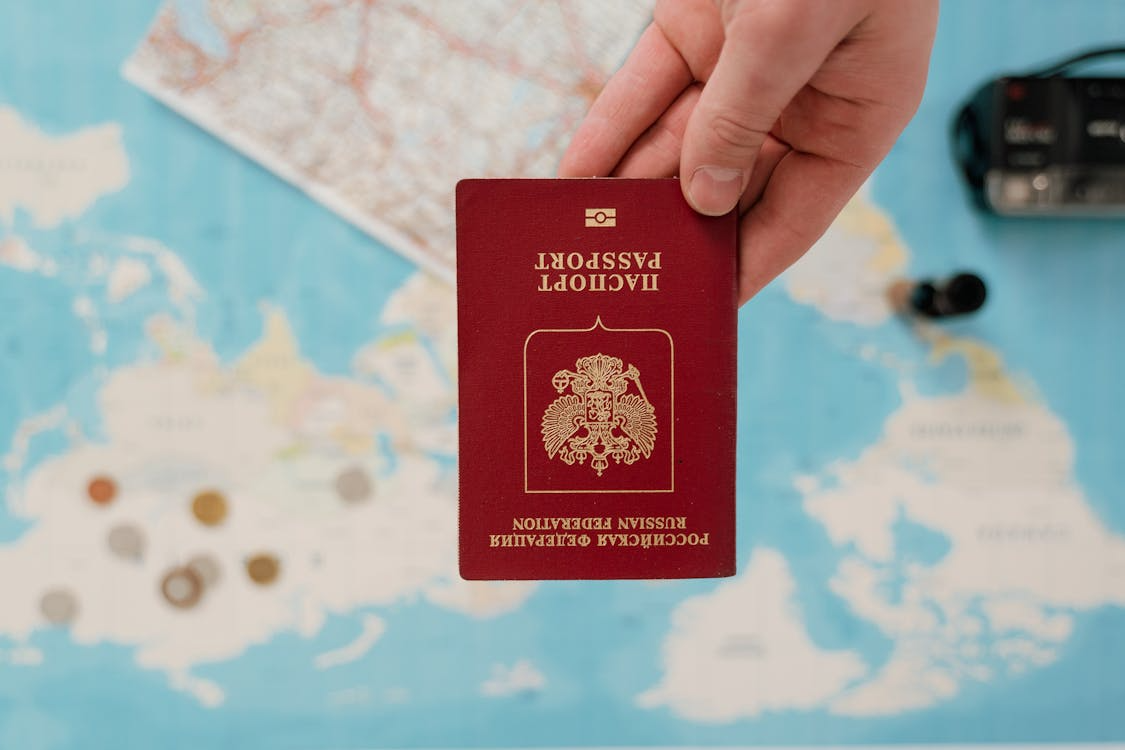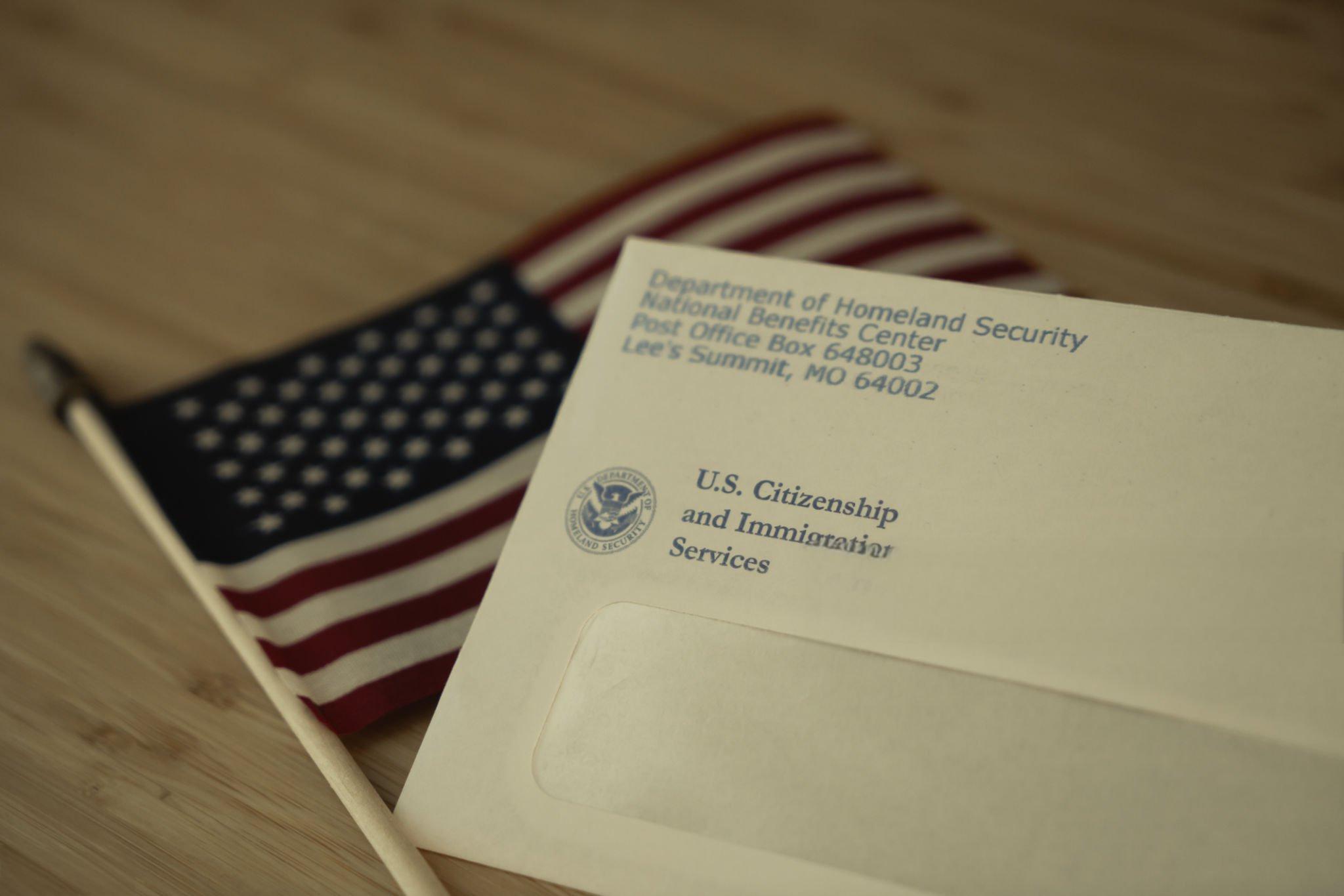When viewers press “play” on a foreign‐language film or series, they expect to follow the story without missing the subtleties that give it life. Yet the art of subtitling goes far beyond word-for-word conversion: translators must convey tone, cultural allusions, humor, and emotion within the strict confines of time and space. A single on-screen subtitle often lasts no more than five seconds and can accommodate only two lines of text. Within these constraints, subtitlers navigate linguistic pitfalls, adapt idioms, and preserve cultural nuance so that audiences halfway around the world enjoy an authentic, engaging experience.
One of the most fundamental challenges lies in reconciling dialogue length with screen time. In English, a character might deliver a rapid-fire quip in three seconds; the literal translation into another language could span eight seconds. To maintain pace, subtitlers must judiciously condense phrasing without sacrificing meaning. This demands a deep understanding of both source and target languages, as well as the flexibility to rewrite lines. For example, a Japanese line like “今日は雨が降りそうですね” literally reads “It looks like it will rain today,” but could become “Rain’s coming” in English subtitles—shorter, yet retaining the gist and register.
Beyond brevity, subtitlers wrestle with cultural references that lack direct equivalents. A Spanish speaker’s allusion to “La Tomatina” may delight domestic viewers but bewilder someone unfamiliar with a tomato-tossing festival. In such cases, translators must choose between brief explanatory additions—“at Spain’s tomato festival”—or a more adaptive strategy that replaces the reference with a locally resonant event. The decision hinges on audience expectations and genre: a documentary might tolerate a parenthetical note, while a sitcom’s rapid dialogue demands swift localization. Balancing fidelity with accessibility requires a nuanced cultural lens.
Capturing humor and wordplay further tests a subtitler’s ingenuity. Puns often hinge on homophones or double meanings that vanish in direct translation. Consider the English pun “lettuce romaine friends” in a cooking show—clever in its play on “romaine” and “remain”—which defies a literal French or Chinese rendition. A creative workaround might replace it with a culturally relevant vegetable pun or an entirely different joke that fits the scene’s spirit. Though purists might lament the loss of the original quip, this adaptive approach preserves the mood and entertainment value for the target audience.
Emotional tone also demands careful calibration. In many East Asian dramas, characters express affection indirectly—through actions or subtle phrasing—whereas Western viewers expect more explicit declarations. Subtitlers therefore must sometimes amplify or soften language to evoke the intended sentiment. A gentle “I appreciate you” may become “Thank you for being here” on screen, aligning with the emotional resonance familiar to local viewers. By tuning into cultural norms of expression, subtitlers ensure that a character’s heartfelt confession lands with the same impact.
Technical aspects—line breaks, reading speed, and font choice—play a silent yet crucial role. Good subtitling software automatically enforces reading-speed guidelines, typically between 12 and 17 characters per second. Breaking lines at logical syntactic junctures prevents awkward pauses and preserves the flow of dialogue. While these choices may seem minor, they influence comprehension and immersion. A misplaced line break can momentarily distract, drawing attention away from the actor’s performance. Expert subtitlers coordinate closely with video editors to fine-tune timing and placement, ensuring subtitles appear and disappear in harmony with onscreen movement.
Another less visible but equally important consideration is consistency. In series or film franchises, returning characters, fictional place names, and invented terms must maintain uniform translation. Glossaries and translation memories help subtitlers apply the same renderings throughout a multi-season saga. When a show features recurring invented words—say, a magical spell or brand name—viewers build expectations; inconsistency can break the spell. Thus, behind every seamless subtitle track lies meticulous terminology management.
Finally, subtitling is as much an art as a craft. Technology—machine translation and AI-assisted subtitle generation—has become more powerful, yet it cannot replicate cultural insight or comedic timing. Human subtitlers routinely post-edit raw AI output, infusing it with local color, correcting mistranslations, and reworking awkward constructions. In this human-machine partnership, subtitlers elevate efficiency while safeguarding cultural essence.
Subtitling remains an indispensable bridge in our global media landscape. When done well, it transports viewers into the heart of another culture, letting them share in laughter, heartbreak, and triumph as if they understood the original dialogue firsthand. By respecting linguistic rhythms, adapting cultural cues, and carefully shaping every line, subtitlers ensure that nothing essential is lost in translation.
At Artlangs Translation, we make subtitles feel natural and true to your story’s culture. Let us help your videos speak directly to viewers everywhere. Reach out today to get started.











